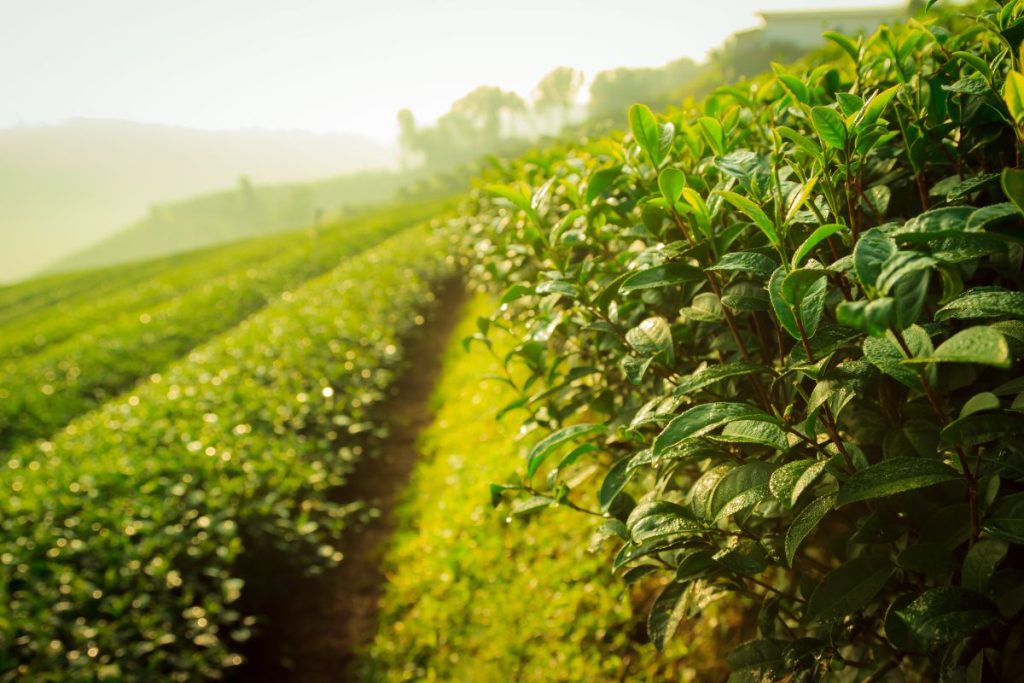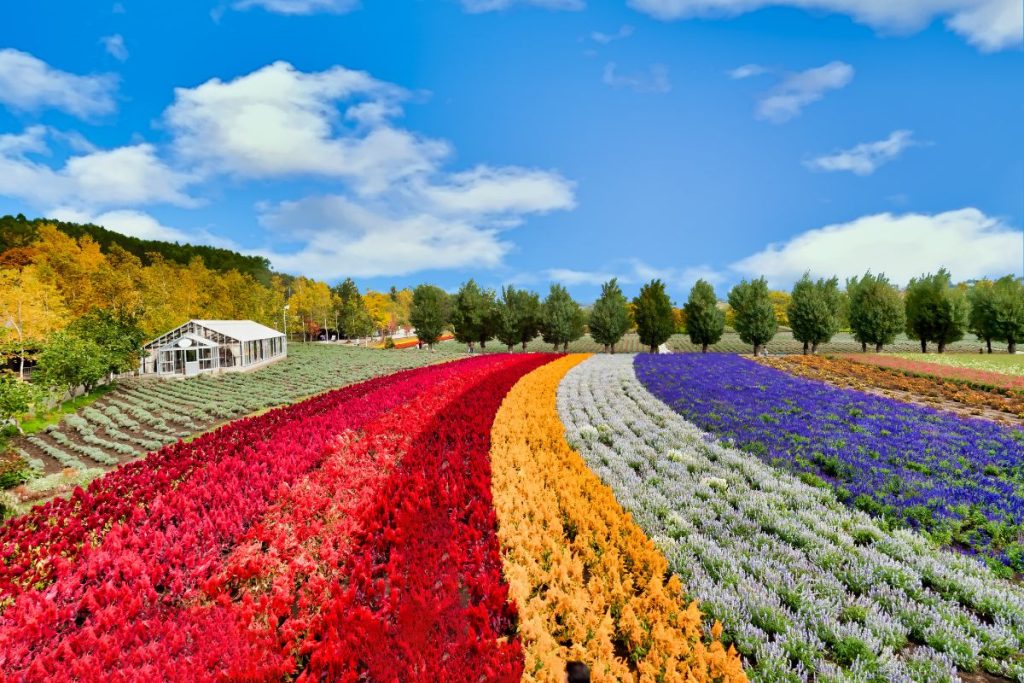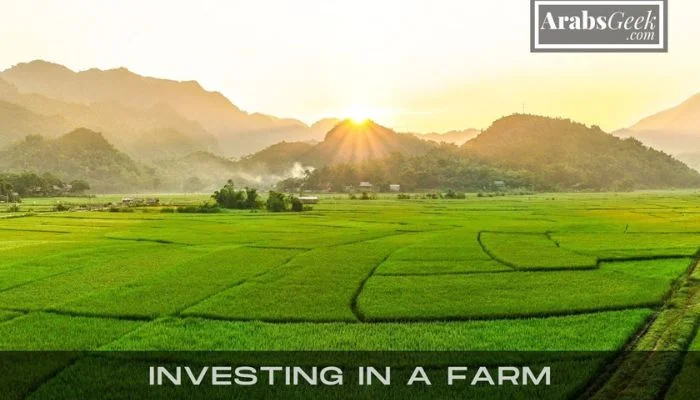Introduction | Investing in a Farm
Investing in a farm is a venture that has attracted a lot of attention over the years, and rightly so. Not only is it an investment in one of the most critical sectors of the economy – food production – it also provides unique profit opportunities and contributes to food security. However, like all investments, farm investment also carries its share of risks and challenges. This article will provide an in-depth look into the whys, whats, and hows of investing in a farm.
Table of Contents
Why Invest in a Farm?
Food Security
Investing in a farm is not just a financial decision but a contribution to a larger cause – food security. With an ever-growing global population and the strain it places on food production, investing in a farm can be a worthwhile cause. By investing in a farm, you’re contributing to the production of food, thereby promoting food security.
For any business enquiry, you can contact us at ArabsGeek.com
For more of such financial articles, Consider visiting our sister website at EntrepreneursPilot.com
Profit Potential
A well-managed farm can provide substantial profits. Whether it’s from the sale of crops, livestock, or value-added products, there’s an array of income-generating opportunities in farming. Moreover, farms can generate steady, yearly income with the right planning and crop selection.
Land Appreciation
Investing in a farm means investing in real estate. Over time, land tends to increase in value, especially arable, fertile land. This appreciation can result in significant returns when selling the land in the future.
Types of Farm Investments
Crop Farming
Crop farming involves growing plants for food or other uses. This can range from grains and vegetables to more specialized crops like fruits, nuts, or vineyards. Each crop comes with its own set of requirements, growth period, and profit potential.
Livestock Farming
Livestock farming involves raising animals for meat, dairy, or fiber. Livestock farming can be highly profitable, but it also comes with challenges such as disease control, feeding, and overall animal welfare.
Agritourism
Agritourism is a blend of agriculture and tourism. Farms with beautiful landscapes or unique features can attract visitors for farm stays, educational tours, or to participate in farm activities. Agritourism can provide an additional income stream and contribute to the local tourism economy.
Evaluating a Farm Investment

Location and Climate
The location and climate of the farm are critical factors to consider. They will determine the type of crops or livestock that can be successfully grown or raised. Ensure the region’s climate suits your farming plans.
Soil Quality
The quality and type of soil in a farm greatly impact its productivity. Conduct a soil test to determine its nutrient content, pH level, and type. This information will inform what can be planted and how much yield can be expected.
Infrastructure
Review the farm’s existing infrastructure, like irrigation systems, barns, fencing, and machinery. These could significantly influence the operating costs and productivity of the farm.
Overcoming the Challenges of Farming
Access to Capital
Farming requires a significant capital outlay. It’s essential to have a robust financial plan in place. Several financing options are available, ranging from agricultural loans to investors and partnerships.
Climate Change
Climate change poses a significant risk to farming. Implementing sustainable farming practices, crop diversification, and incorporating technology can help mitigate these risks.
Labor and Management
Farming is labor-intensive and requires effective management. Consider hiring experienced farmhands and investing in farm management software to streamline operations.
Financing a Farm Investment
Personal Savings
Personal savings is one way to finance a farm investment. It’s the most straightforward option, but it requires significant personal capital.
Agricultural Loans
Agricultural loans are designed specifically for farming investments. They offer favorable terms and interest rates. However, they may require demonstrating a solid business plan and farming experience.
Investors and Partnerships
Inviting investors or forming partnerships can provide the necessary capital. In exchange, investors receive a return on their investment, typically from the farm’s profits.
Maximizing Your Farm Investment
Sustainable Farming Practices
Implementing sustainable farming practices can improve productivity, reduce environmental impact, and potentially qualify the farm for certain grants or certifications. This can, in turn, enhance the farm’s marketability and profitability.
Diversification
Diversifying the farm’s production can reduce risks and increase profitability. This could involve growing a variety of crops, raising different types of livestock, or exploring additional income streams like agritourism.

Technological Advancements
Embracing technology can increase farm productivity and efficiency. This could include precision farming, automated irrigation systems, or farm management software.
Conclusion | Investing in a Farm
Investing in a farm can be a rewarding venture, both financially and personally. By understanding the why’s, what’s, and how’s of farm investment, you can make informed decisions, manage risks, and maximize your investment’s potential.
Frequently Asked Questions (FAQs)
Q1. What should I look for when investing in a farm?
When investing in a farm, consider factors like location and climate, soil quality, existing infrastructure, and the potential for profit. It’s also essential to evaluate the challenges and risks associated with the specific farm investment.
Q2. How can I finance a farm investment?
Farm investments can be financed through personal savings, agricultural loans, or investors and partnerships. Each option has its pros and cons and should be carefully considered based on your personal financial situation and risk tolerance.
Q3. What types of farm investments are there?
Farm investments can include crop farming, livestock farming, and agritourism. The best choice depends on your interests, skills, and the specific characteristics of the farm (e.g., location, climate, soil quality).
Q4. How can I maximize my farm investment?
Maximizing a farm investment can involve implementing sustainable farming practices, diversifying the farm’s production, and embracing technological advancements.
Q5. Is investing in a farm profitable?
Investing in a farm can be profitable, but it depends on several factors. These include the type of farm, the efficiency of operations, market conditions, and the investor’s ability to manage challenges and risks effectively.











